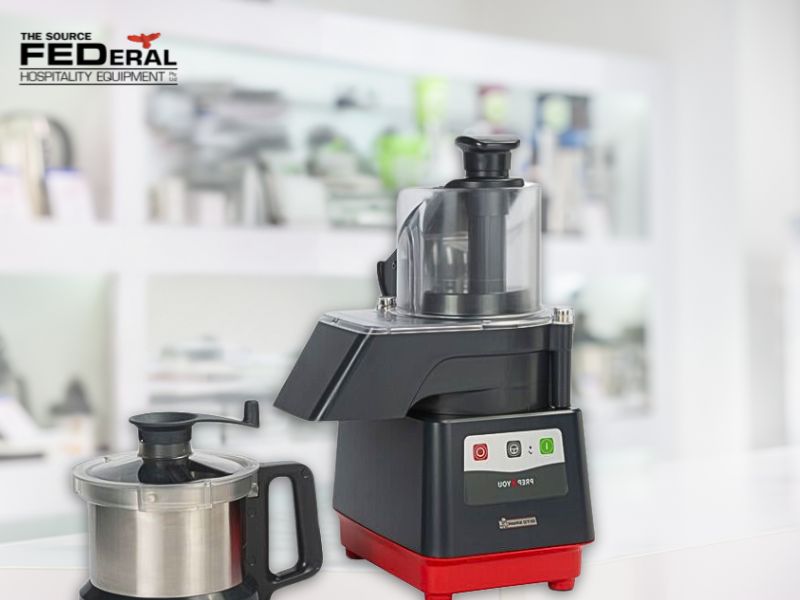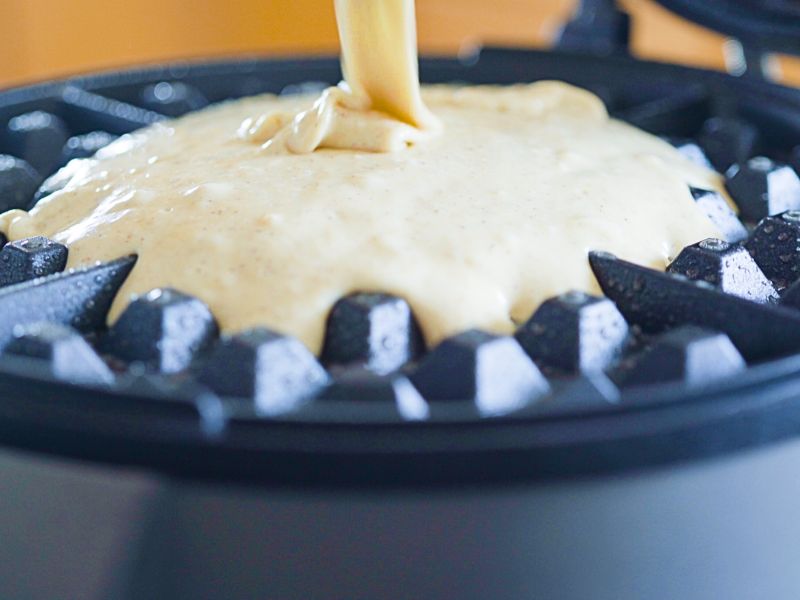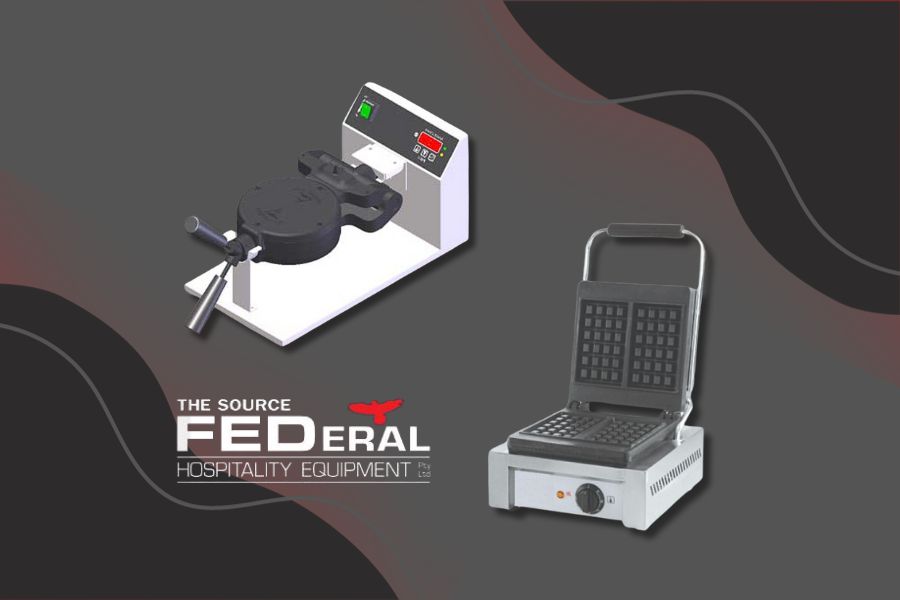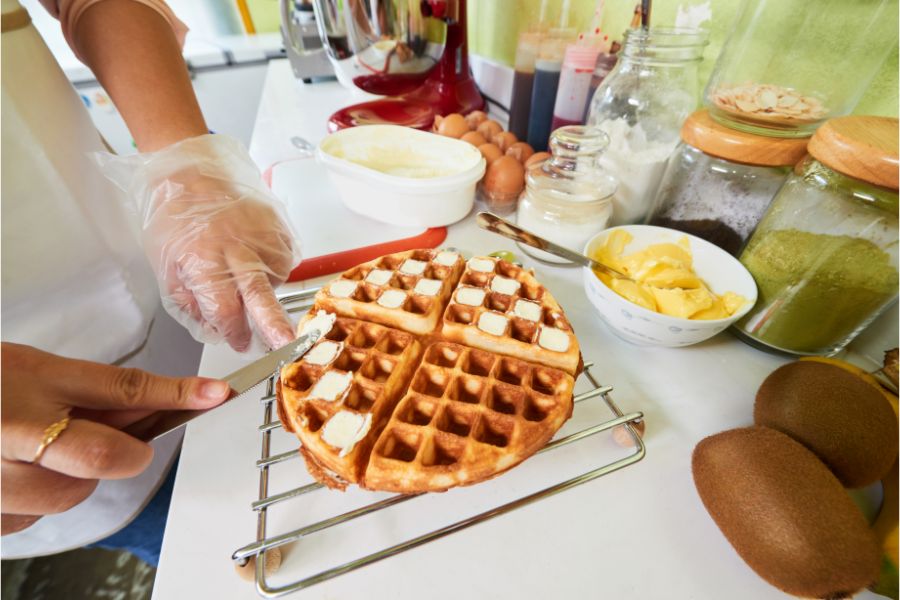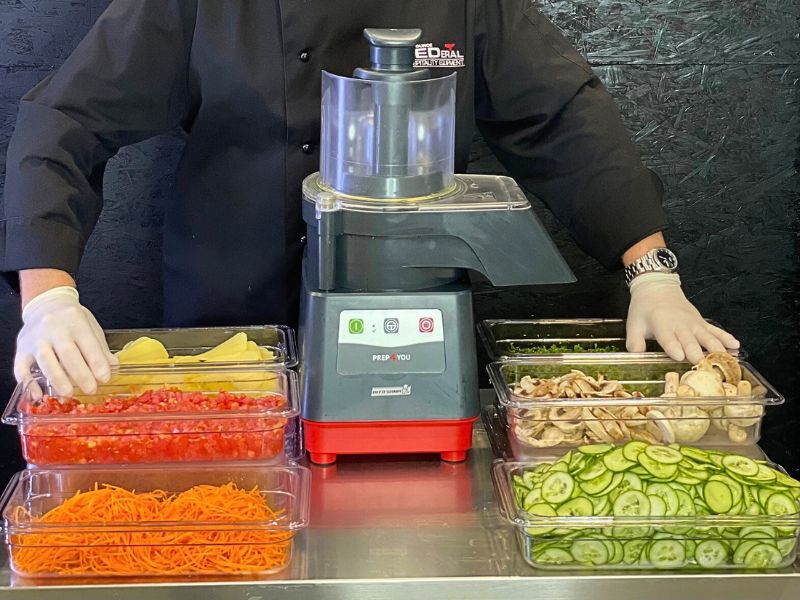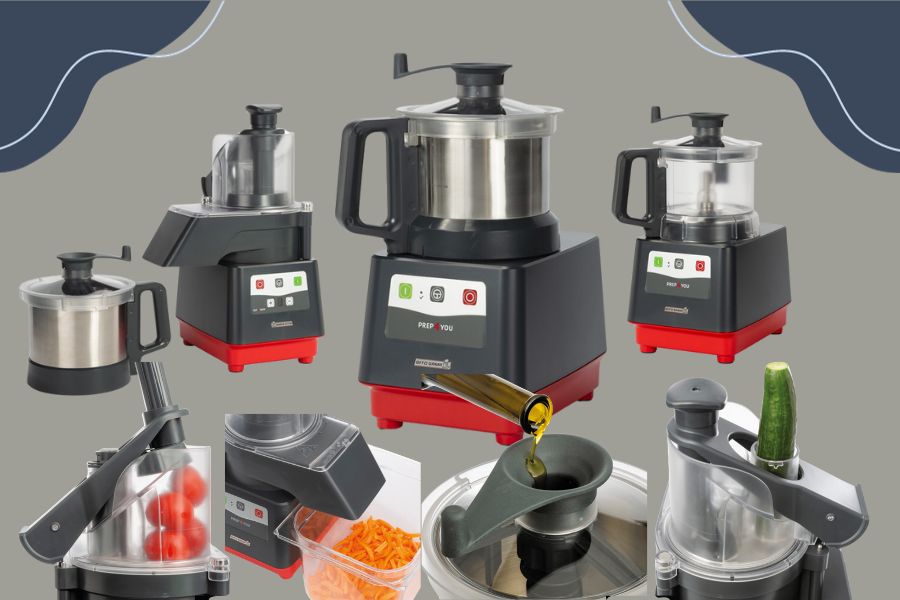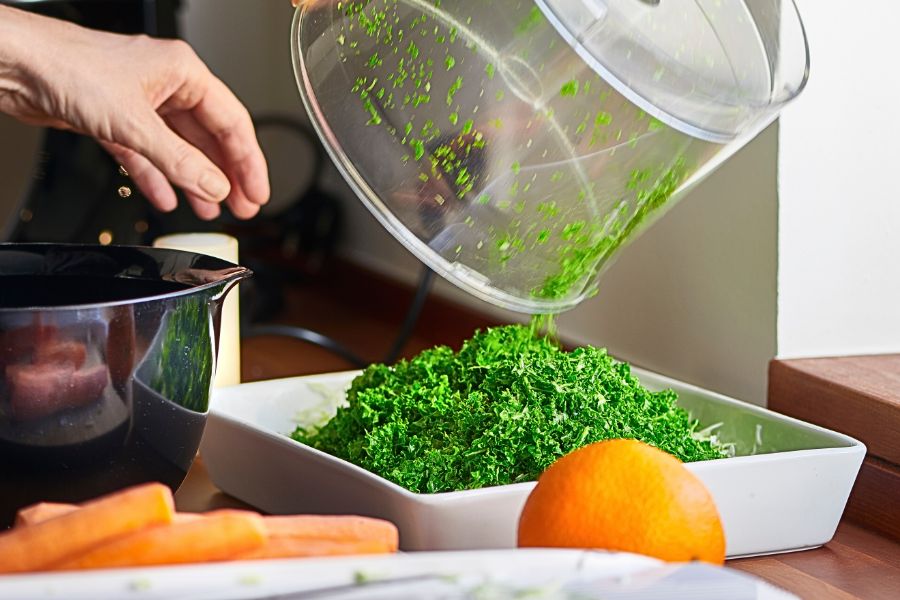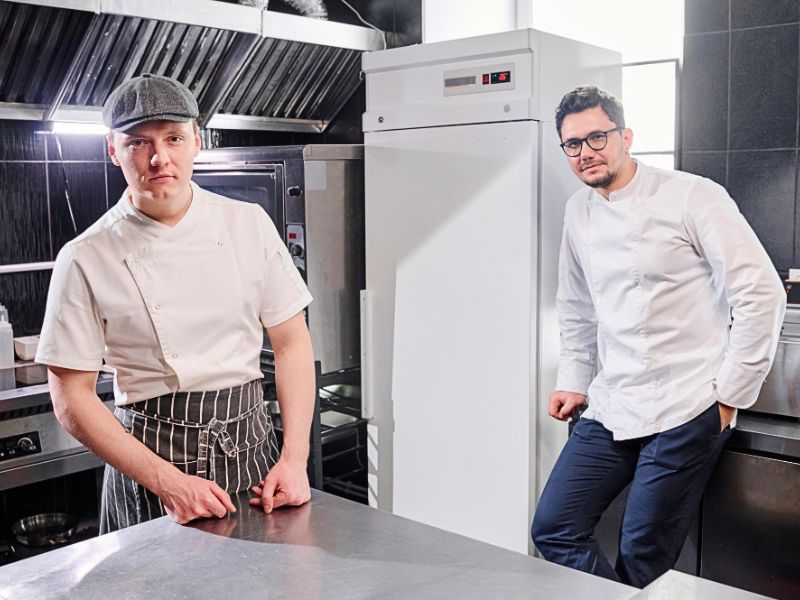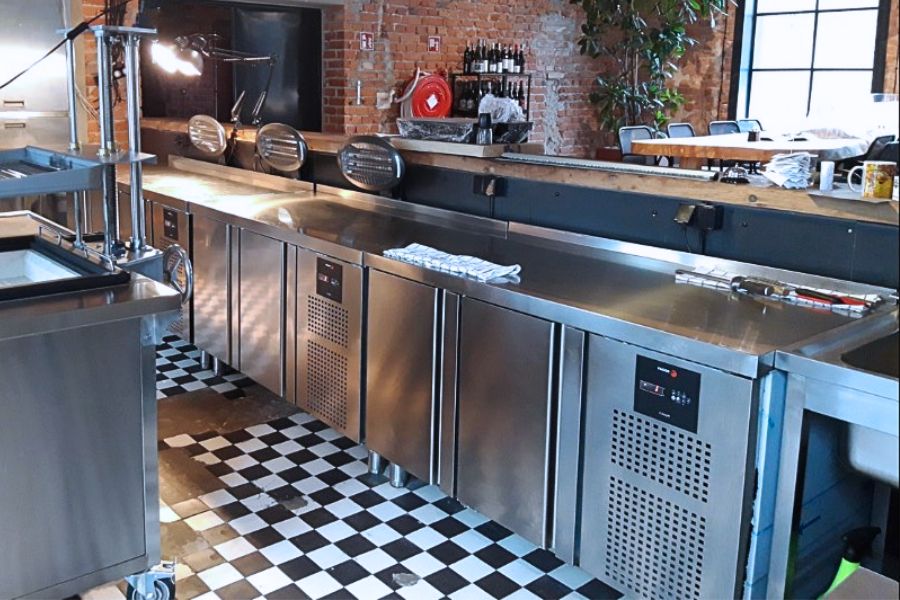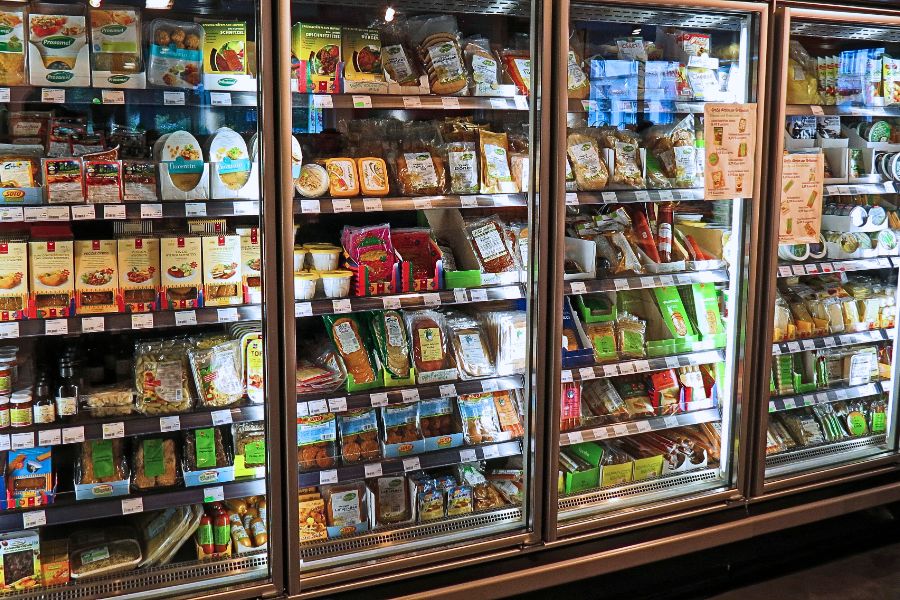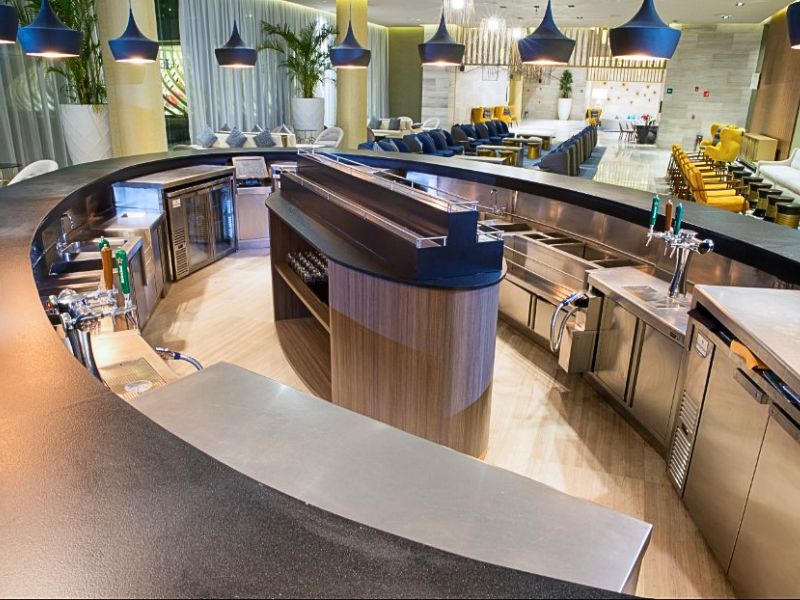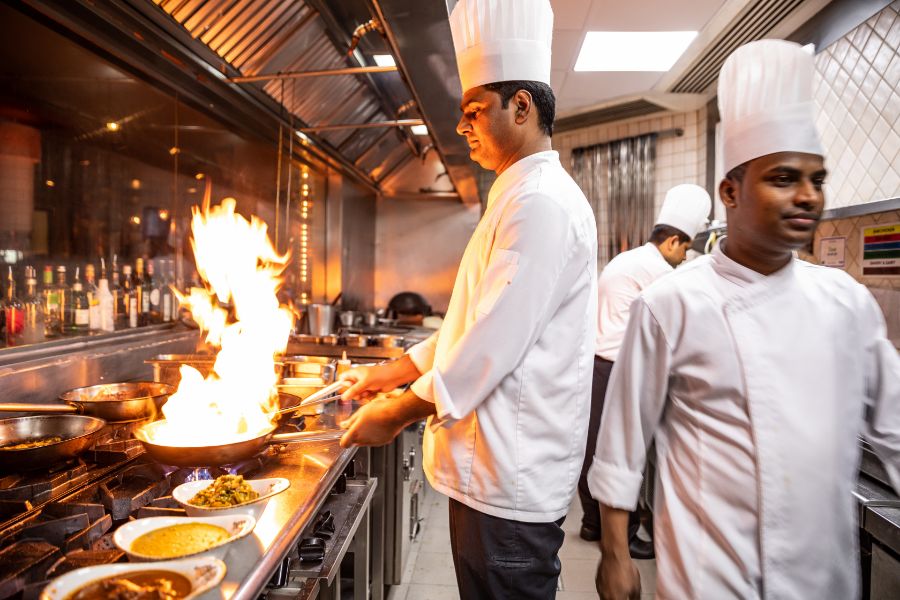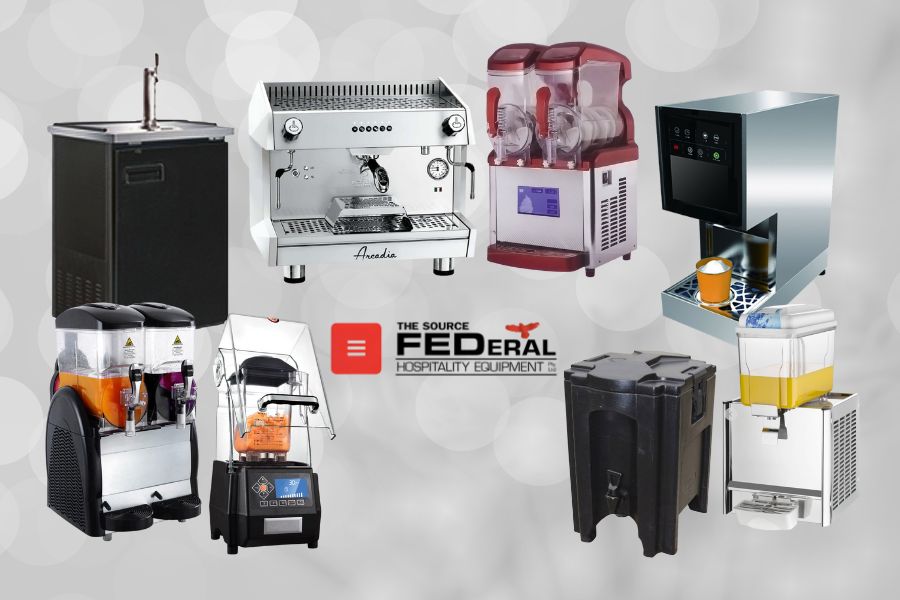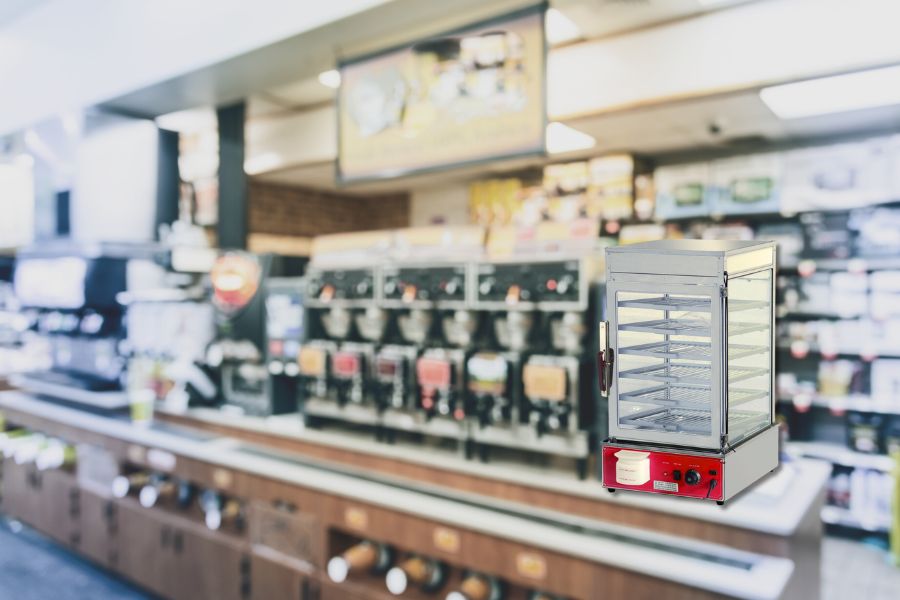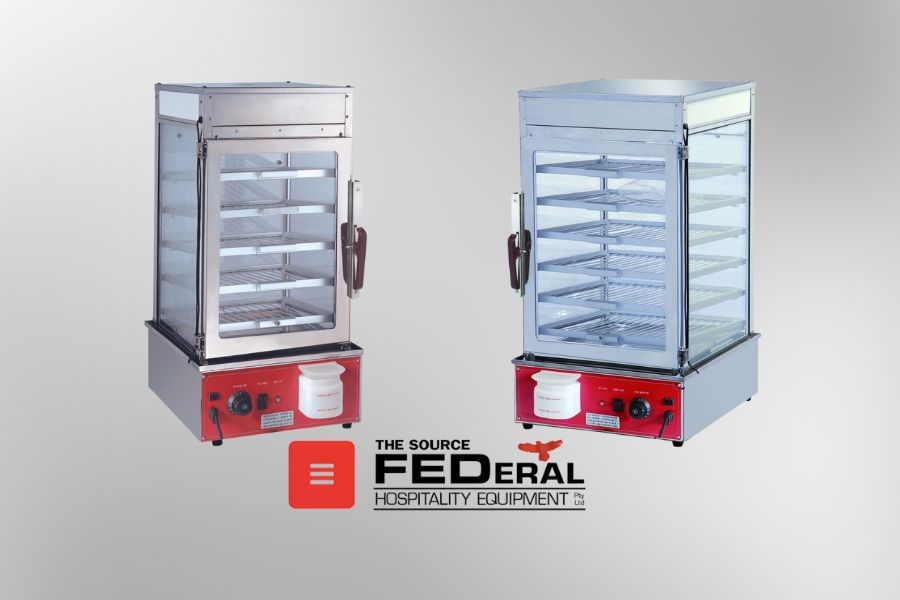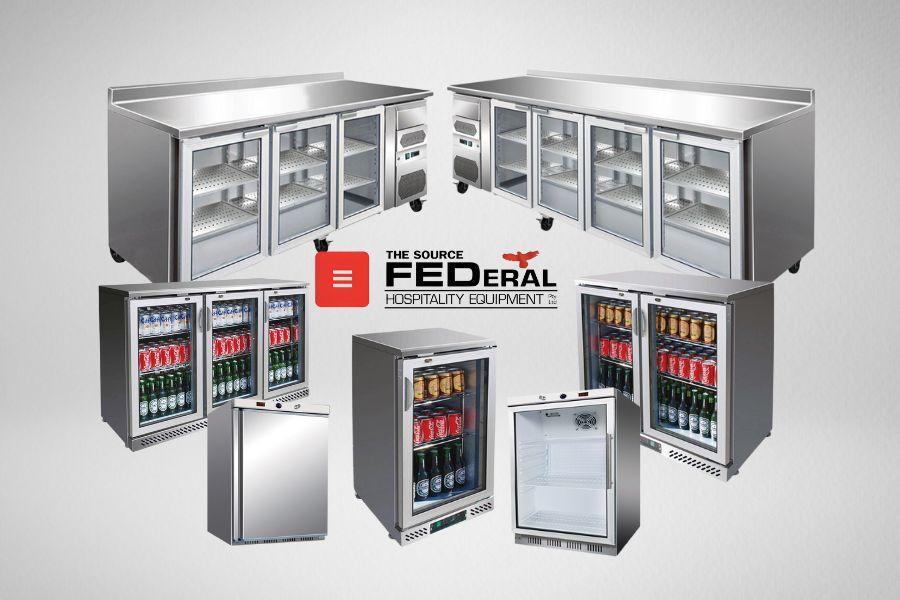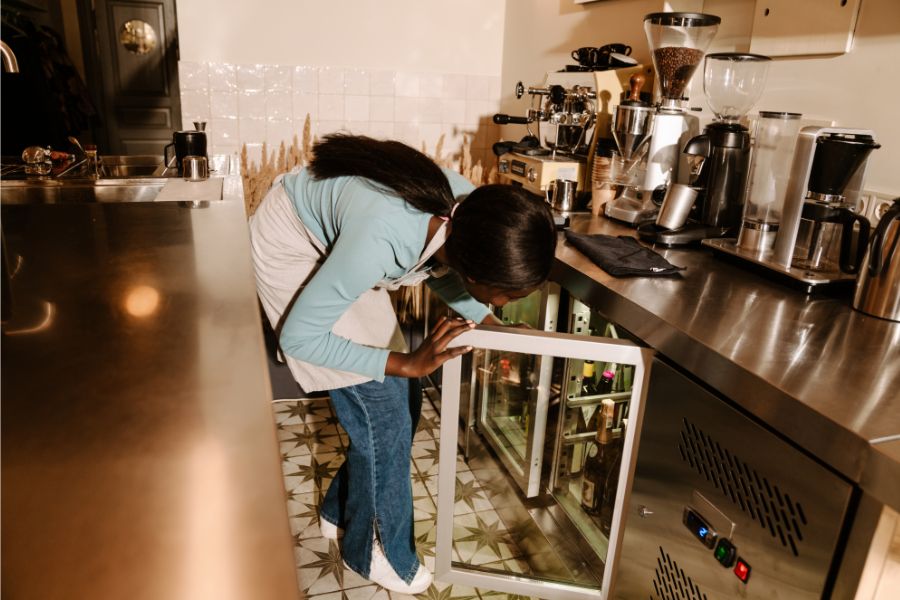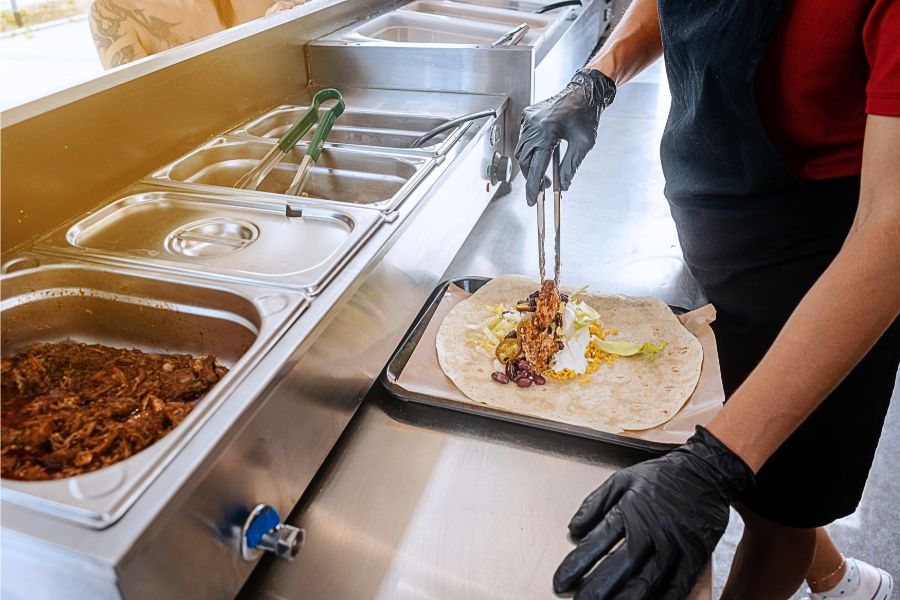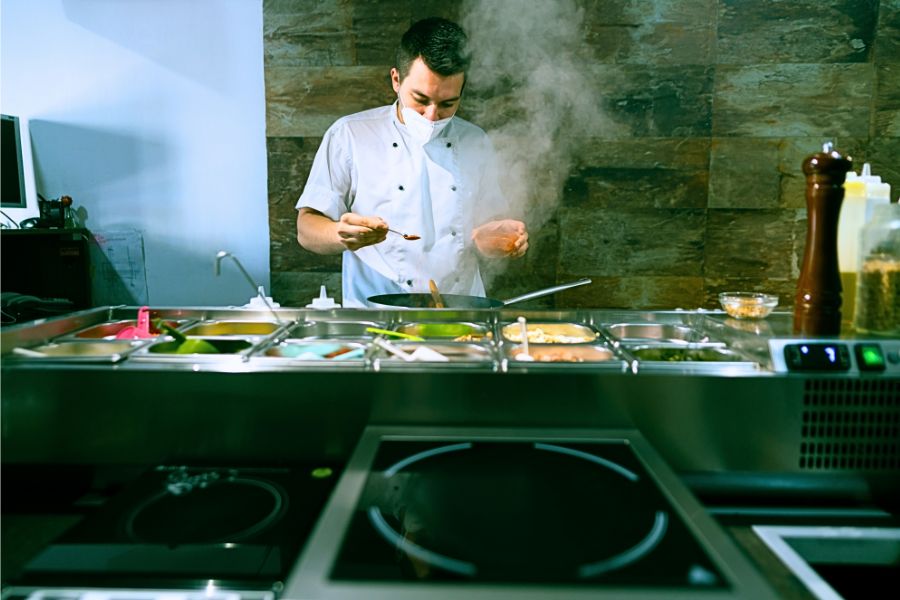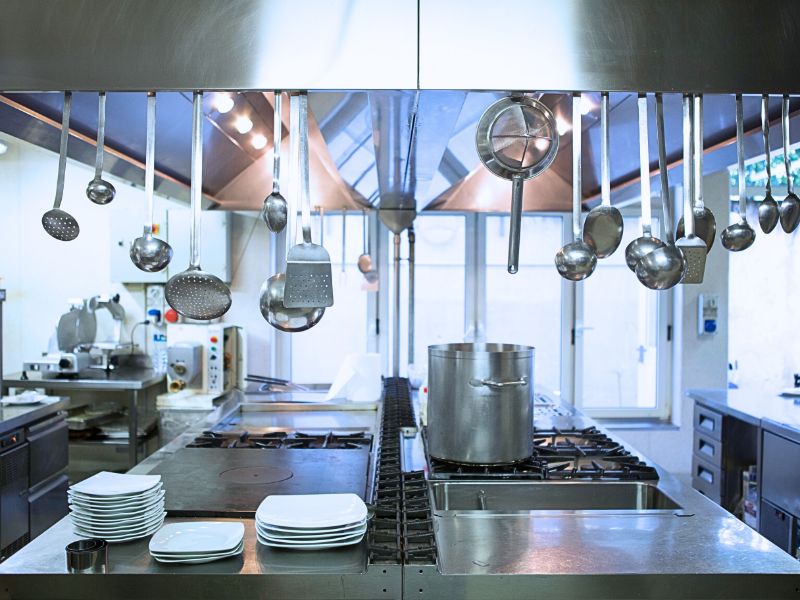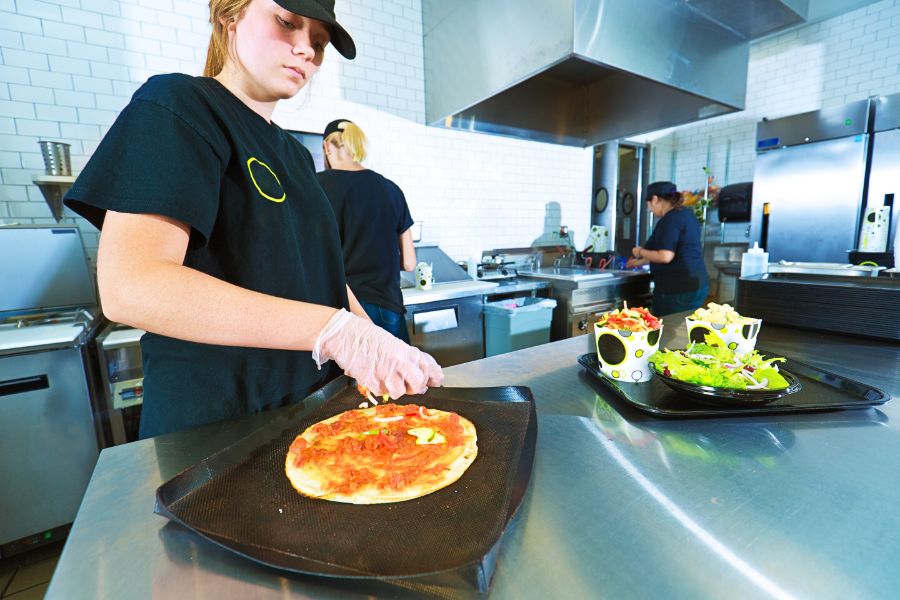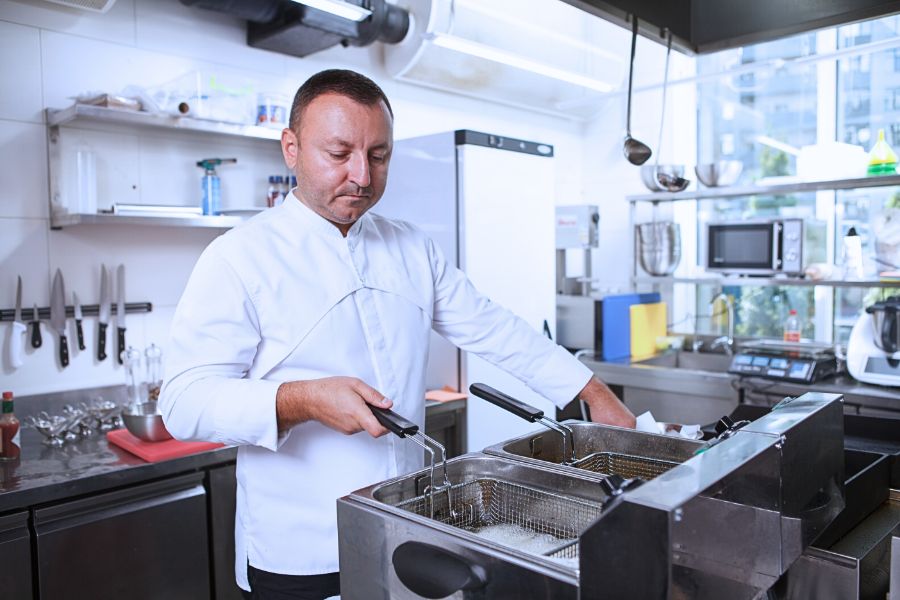Have you ever wondered how busy kitchens manage to make so many delicious dishes quickly? It's not just about having skilled chefs—it's also about having the right equipment.
One such tool is the food processor, a machine that can make cooking faster and easier in many ways. Let's explore five ways food processors are changing the game in commercial kitchens.
Speedy Food Preparation
Food processors are like super-fast helpers in the kitchen. They can chop, dice, and slice ingredients much faster than a person can. Imagine needing to prepare a big batch of soup with lots of vegetables. A food processor can do all the chopping in minutes, saving lots of time and effort.
With a food processor, chefs can get ingredients ready quickly, leaving them more time to focus on making delicious meals.
Consistent Results Every Time
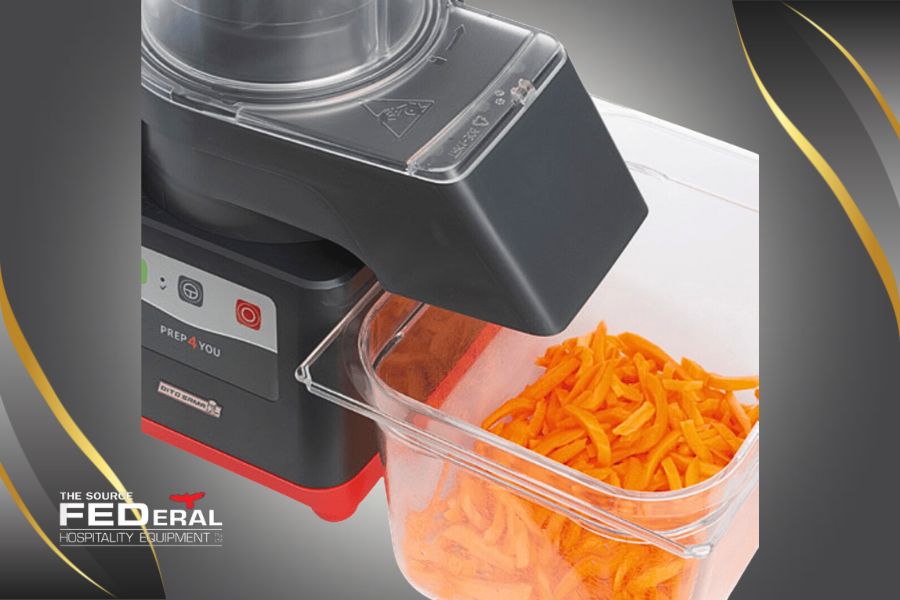
One great thing about food processors is that they make sure everything is the same every time you use them.
For example, if you need to chop onions into small pieces, a food processor will do it exactly the same way every time. This consistency is important for making sure dishes taste and look great every time they're served.
Consistency in cooking helps restaurants keep their customers happy and coming back for more.
Versatility in Culinary Applications
Food processors have a wide range of functions beyond simply chopping ingredients. They come with different attachments and settings that let chefs do all kinds of tasks.
Need to make dough for bread or pizza? A food processor can handle it. Want to make a smooth sauce or grind spices? A food processor can do that, too.
Having a versatile tool like a food processor opens up many possibilities for chefs to get creative with their cooking.
Labor Savings and Cost Efficiency
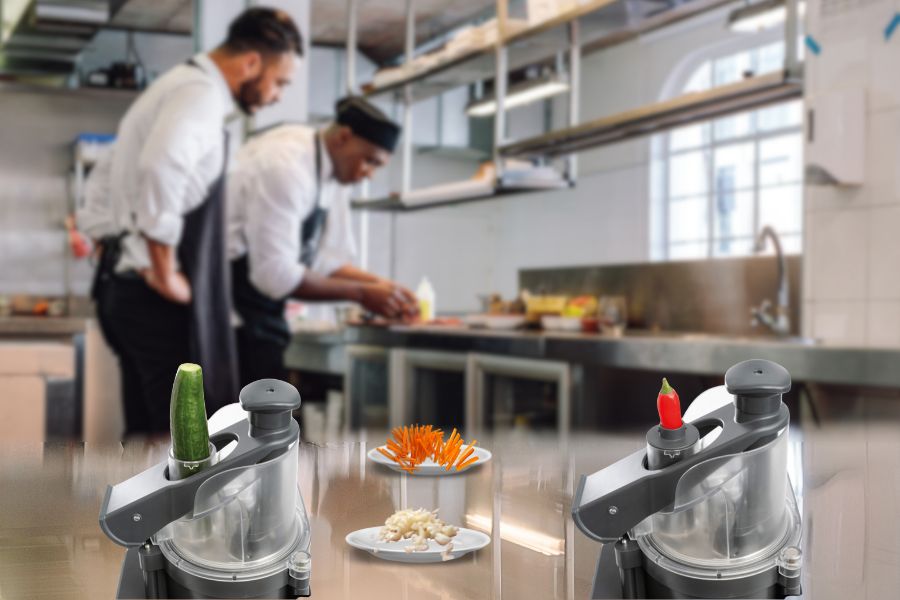
Running a kitchen can be expensive, especially when it comes to paying people to do tasks like chopping vegetables. Food processors help save money by doing these tasks quickly and without needing as many people. Over time, this can add up to big savings for a restaurant.
By using food processors, kitchens can save money on labor costs and invest those savings back into their business.
Enhanced Safety and Sanitation
Keeping a kitchen clean and safe is really important in the restaurant industry. Food processors are made for easy cleanup, with parts that are dishwasher-safe. This stops bacteria from growing and makes sure the kitchen stays safe for cooking.
Food processors not only make cooking easier but also help keep kitchens clean and safe, which is crucial for any restaurant.
Conclusion
Food processors are like secret weapons in commercial kitchens, helping chefs work faster, smarter, and safer. With their ability to speed up food preparation, ensure consistency, and save on costs, these machines are essential for any busy restaurant.
By embracing the power of food processors, chefs can take their cooking to new heights and keep their customers coming back for more. So, if you want to revolutionize your kitchen, it's time to get acquainted with the mighty food processor.

